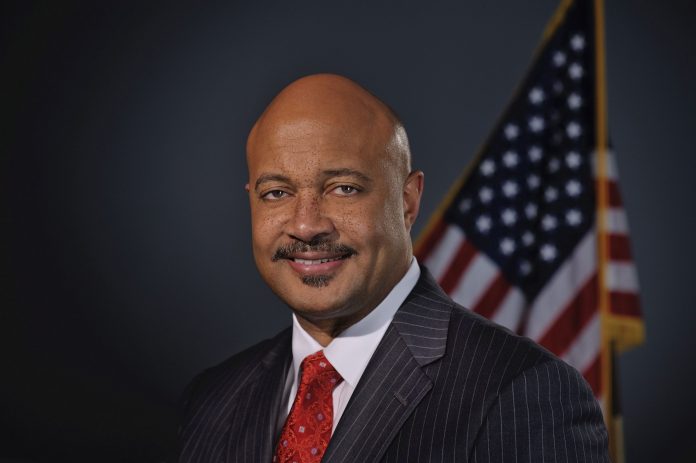Evansville, IN – Below are the felony cases to be filed by the Vanderburgh County Prosecutor’s Office today.
Stephen Walter James: Burglary (Level 5 Felony), Theft (Class A misdemeanor)
Joshua James Martin: Burglary (Level 5 Felony), Theft (Level 6 Felony), Possession of paraphernalia (Class C misdemeanor)
Douglas B. Shelton: Criminal trespass (Level 6 Felony), Disorderly conduct (Class B misdemeanor)
Taylor Anthony Price: Domestic battery resulting in moderate bodily injury (Level 6 Felony), Theft (Class A misdemeanor), Criminal mischief (Class B misdemeanor)
Jonathon Andrew White: Intimidation (Level 6 Felony), Domestic battery (Class A misdemeanor)
Zachary B. Branham: Possession of a narcotic drug (Level 6 Felony), Possession of marijuana (Class B misdemeanor)
David Michael Dimmett: Attempt battery against a public safety official (Level 6 Felony), Resisting law enforcement (Class A misdemeanor), Possession of a controlled substance (Class A misdemeanor), Public intoxication (Class B misdemeanor), Public intoxication (Class B misdemeanor)
Victoria Lynn King: Battery against a public safety official (Level 6 Felony)
Amanda L. Spencer: Possession of a narcotic drug (Level 6 Felony), Possession of methamphetamine (Level 6 Felony), Possession of a controlled substance (Class A misdemeanor), Possession of marijuana (Class B misdemeanor)
Kennetheus K. Whitley II: Criminal confinement (Level 6 Felony), Strangulation (Level 6 Felony), Domestic battery (Class A misdemeanor), Possession of marijuana (Class B misdemeanor), Interference with the reporting of a crime (Class A misdemeanor)
Hailey Brooke Fields: Domestic battery (Level 6 Felony)
Roger James Fleetwood: Domestic battery (Level 6 Felony), Resisting law enforcement (Class A misdemeanor)
Kristopher Oneil Sutton: Possession of methamphetamine (Level 6 Felony)
Lisa Ann Barton: Dealing in methamphetamine (Level 2 Felony), Carrying a handgun without a license (Class A misdemeanor)
Christopher Chrishon Gilford: Dealing in methamphetamine (Level 2 Felony)
Chad M. Baker: Operating a motor vehicle after forfeiture of license for life (Level 5 Felony), Resisting law enforcement (Level 6 Felony)
Javion Keishaun Fox-Suggs: Carrying a handgun without a license (Level 5 Felony), Possession of marijuana (Class B misdemeanor)
Benjamin Karl Roby: Criminal trespass (Level 6 Felony)
Jesse Ray Hertel: Residential entry (Level 6 Felony)
Wesley Allan Williams: Domestic battery (Level 6 Felony)
Nicholas Christian Alvarez: Theft (Level 6 Felony), Theft (Class A misdemeanor)
Linda Carol Terry: Operating a vehicle while intoxicated (Level 6 Felony)
Skyler Raye Wright: Escape (Level 5 Felony), Attempt residential entry (Level 6 Felony), Battery resulting in bodily injury (Class A misdemeanor), Criminal mischief (Class B misdemeanor)
Zakary Mullin: Attempted murder (Level 1 Felony), Aggravated battery (Level 3 Felony), Aggravated battery (Level 3 Felony), Battery by means of a deadly weapon (Level 5 Felony)










